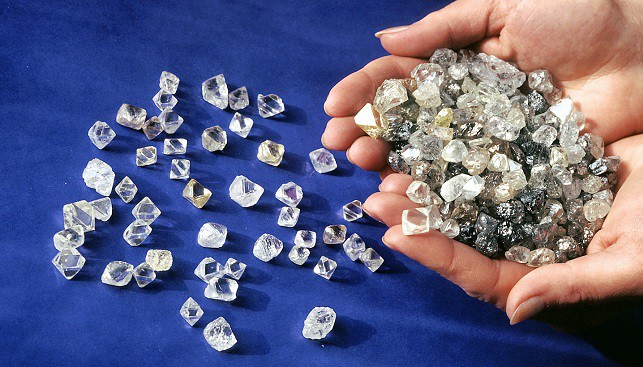Diamonds have always captivated our imagination with their brilliance and allure. They symbolize luxury, elegance, and everlasting beauty. However, there is a fascinating process behind creating these magnificent gemstones. While natural diamonds have long been coveted, the emergence of synthetic diamonds has brought a new dimension to the diamond industry. In this blog, we will delve into the art of cutting and polishing synthetic diamonds, highlighting the master craftsmanship involved in bringing out their true radiance.
Understanding Synthetic Diamonds:
Synthetic diamonds, also known as lab-grown or man-made diamonds, are created through advanced technological processes that mimic the natural diamond formation. These diamonds possess the same physical, chemical, and optical properties as their natural counterparts. The ability to control their growth in a laboratory environment allows for the production of diamonds with exceptional clarity, color, and size.
The Role of Cutting and Polishing:
While synthetic diamonds may be created in a laboratory, the art of cutting and polishing them requires the skill and expertise of a master craftsman. Cutting and polishing are crucial steps that transform a rough synthetic diamond into a brilliantly faceted gemstone. This process enhances its beauty, maximizing its potential to reflect and refract light, resulting in breathtaking brilliance.
The Craftsmanship Involved:
Cutting and polishing synthetic diamonds require meticulous precision and a deep understanding of the material's unique properties. Here are the key steps involved in this master craft:
Assessing the Rough Diamond: A skilled cutter examines the rough synthetic diamond, evaluating its size, shape, and inclusions. This assessment determines the most suitable cut that will maximize the diamond's potential beauty.
Planning the Cut: Using advanced software and expertise, the cutter develops a detailed plan for cutting the diamond. The goal is to achieve the optimal balance between weight retention and brilliance, while also considering the desired shape and symmetry.
Cleaving or Sawing: The diamond is separated from the rough using either a cleaving process or a sawing method, depending on the stone's specific characteristics. This initial step lays the foundation for subsequent faceting.
Shaping the Diamond: The cutter employs precision tools to create the desired shape, whether it be a classic round brilliant, princess, emerald, or a more unique and custom design. Each cut requires careful calculation and meticulous execution.
Faceting: Faceting involves cutting precise flat surfaces, or facets, onto the diamond. These facets interact with light, creating the mesmerizing sparkle that diamonds are renowned for. The cutter skillfully positions each facet, considering angles, proportions, and symmetry to optimize light reflection and refraction.
Polishing: After the facets are cut, the diamond goes through a polishing process. Using specially designed laps and abrasive powders, the cutter meticulously polishes each facet, refining its surface to achieve exceptional smoothness and luster.
Quality Control: Finally, the finished diamond undergoes rigorous quality control measures. Experts inspect it for any imperfections, ensuring that it meets the highest standards of clarity, brilliance, and symmetry.
Conclusion:
The art of cutting and polishing synthetic diamonds is a master craft that combines technical expertise with artistic vision. Skilled craftsmen unlock the full potential of these lab-grown gemstones, transforming rough materials into dazzling works of art. Through careful planning, precise execution, and relentless attention to detail, synthetic diamonds are brought to life, radiating brilliance and beauty.
As the diamond industry continues to evolve, the craftsmanship behind synthetic diamonds plays a vital role in shaping the future of luxury jewelry. With their eco-friendly and socially responsible production, synthetic diamonds offer a compelling alternative for those seeking the allure of diamonds while embracing sustainability.
In the realm of diamond cutting and polishing, the mastery of this art form ensures that synthetic diamonds shine just as brilliantly as their natural counterparts, captivating the hearts of those who appreciate true craftsmanship and the timeless beauty of diamonds.


Comments
Post a Comment